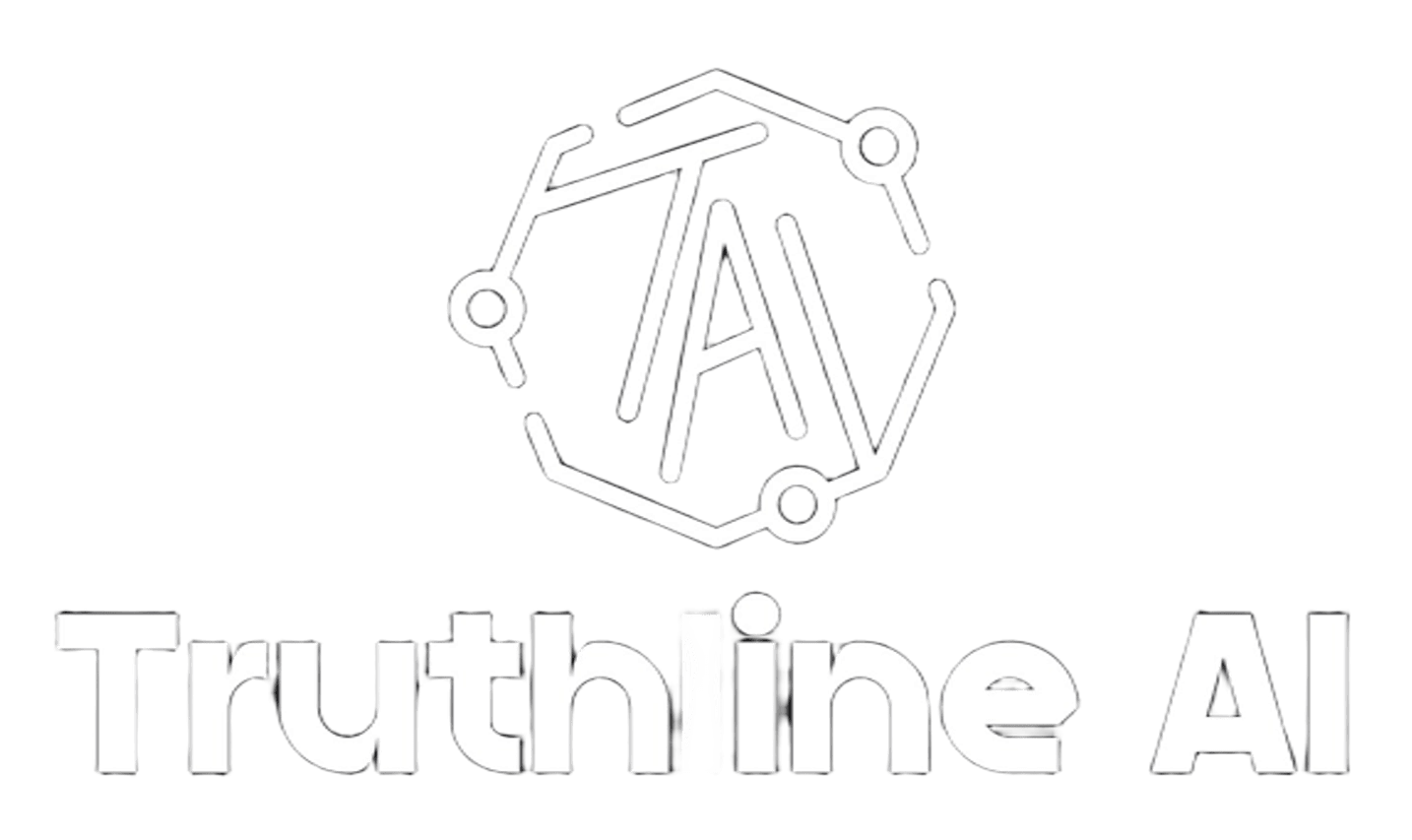Analysis of The Standard Newspaper -July 17,2025
Tone
The tone of The Standard on July 17, 2025, is critical and accusatory, particularly toward government bodies like the Integration Commission and NCIC, which are portrayed as biased and ineffective. There is a sense of frustration in reporting on issues like selective justice, mismanagement of funds, and unaddressed hate speech, suggesting systemic failures. However, the tone shifts to cautious optimism in stories about medical advancements and economic potential, balancing criticism with hope.
Track
The newspaper tracks recurring themes of governance failures, including ethnic divisions, corruption, and institutional inefficiency, reinforcing a narrative of declining public trust. It also follows developments in health, sports, and infrastructure, showing a commitment to covering both socio-political struggles and progress in other sectors. The consistent focus on accountability whether in courts, audits, or parliamentary summons suggests an editorial priority on transparency and reform.
Framing
Stories are framed to emphasize institutional bias, with the NCIC and Integration Commission depicted as complicit in political favoritism, while economic hardships are presented as burdens on ordinary citizens. The framing of Gen Z activists versus traditional politicians highlights generational and structural power struggles, casting youth as disruptors of entrenched systems. Positive developments, like digitization and HIV prevention, are framed as progress but tempered with accessibility and implementation challenges.
Editorial Agenda
The editorial agenda prioritizes exposing government shortcomings, particularly in justice, equity, and fiscal management, while advocating for systemic reforms. It amplifies voices critical of leadership, suggesting a watchdog role in holding power to account. However, it also promotes national pride in areas like sports and infrastructure, balancing critique with celebration of Kenya’s achievements.
Conclusion
The Standard on July 17, 2025, serves as a platform for scrutinizing authority, with a sharp focus on corruption, ethnic tensions, and institutional failures. While it highlights advancements in health and technology, the overarching narrative stresses the need for accountability and systemic change. The paper’s blend of criticism and cautious optimism reflects its role as both a critic and a chronicler of Kenya’s evolving socio-political landscape.
